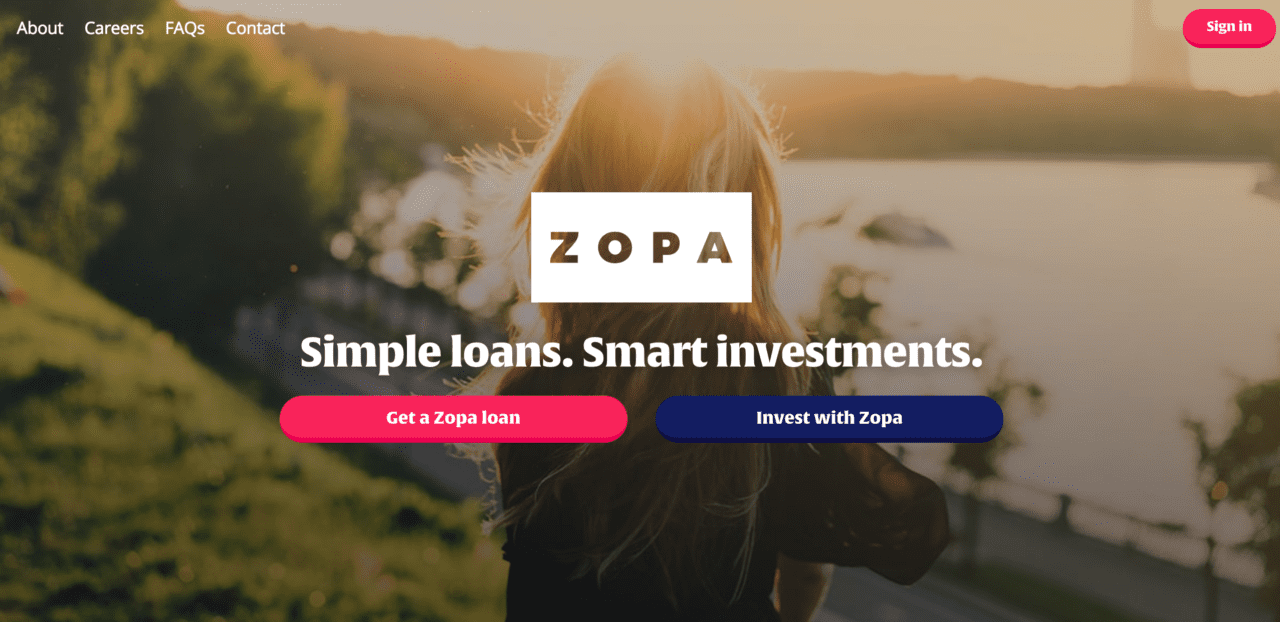P2P lending platform Zopa not only announced its move back into profitability, it also released a handful of metrics suggesting growth sustainability in the P2P industry.
After the U.K.-based company was founded in 2005, it reached profitability in 2011 and continued that momentum until 2012. Five years later, and after a bit of restructuring, Zopa achieved revenues of $61 million (£46.5 million) in 2017. This represents 40% year-over-year growth from the company’s 2016 revenues of $23.5 million (£33.2 million).
The company attributes the growth to its increased focus on tech innovation, especially offering instant feedback on loan approvals, as well as its efforts to expand its customer base through partnerships. The boost in growth is also thanks to a rise in loan volumes. In 2016, the company lent out $906 million (£690 million) and last year increased it’s loan volume by 43% to $1.3 million (£985 million).
In a press release Zopa CEO Jaidev Janardana said, “2017 was a landmark for us. We’re proud to see the company’s efforts reflected in our record lending figures, profitability and strong customer growth…. We’ve invested significantly in technology, in our proprietary back office infrastructure, and in our people, all of which have helped Zopa to continue to scale and grow sustainably.”
Some of those investments Janardana alluded to include the announcement of plans to launch a challenger bank; receiving full FCA authorization in May of last year; and, in 2018, restructuring the company with the appointment of a trio of new C-level hires. Helping to sustain this growth is a $41 million investment the company received about a year ago from Wadhawan Global Capital of India and Northzone.
These positive revenue figures as well as the increase in loan growth allude to the health of the overall P2P lending sector in the U.K. In fact, the U.K. P2P Finance Association (P2PFA) reports that, since the second quarter of 2017, growth in the U.K.-based P2P lending sector has a whole has increased more than 40% from $8.4 billion (£6.4 billion) to $11.7 billion (£9 billion) in the first quarter of 2018.
Much of this growth, the organization described, is thanks to an uptick in business borrowing. This may explain the region’s difference compared to the U.S., where P2P lending has fallen slightly out of favor– thanks to a decrease in both lenders and investors, as well as recent regulatory scrutiny. To let numbers speak for themselves, Lending Club’s market cap has fallen from $9.3 billion at its peak in 2015 to its current $1.6 billion.
Zopa’s former CEO Doug Dolton debuted the P2P lending platform at FinovateSpring 2008 at Finovate’s very first show in the Bay Area. Zopa co-founder Giles Andrews is now CEO. Last spring, the company unveiled its latest offering, the Innovative Finance ISA, the first tool to expand the company’s focus into broader banking products. Earlier this spring, Zopa ranked 278 on the FT 1000, the Financial Times’ list of the fastest growing companies in Europe.
